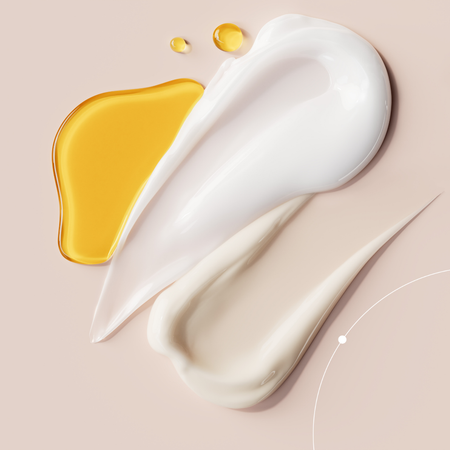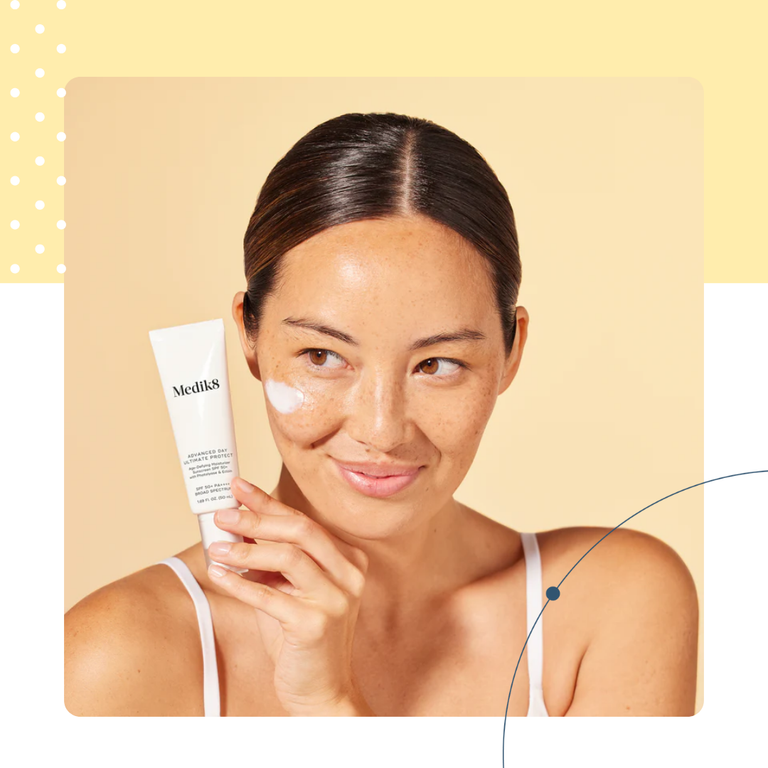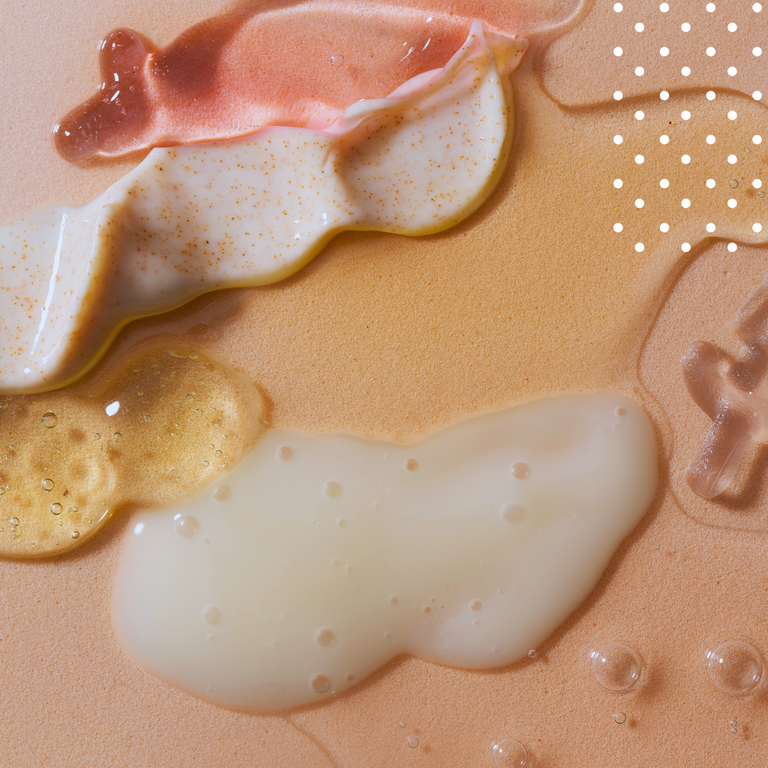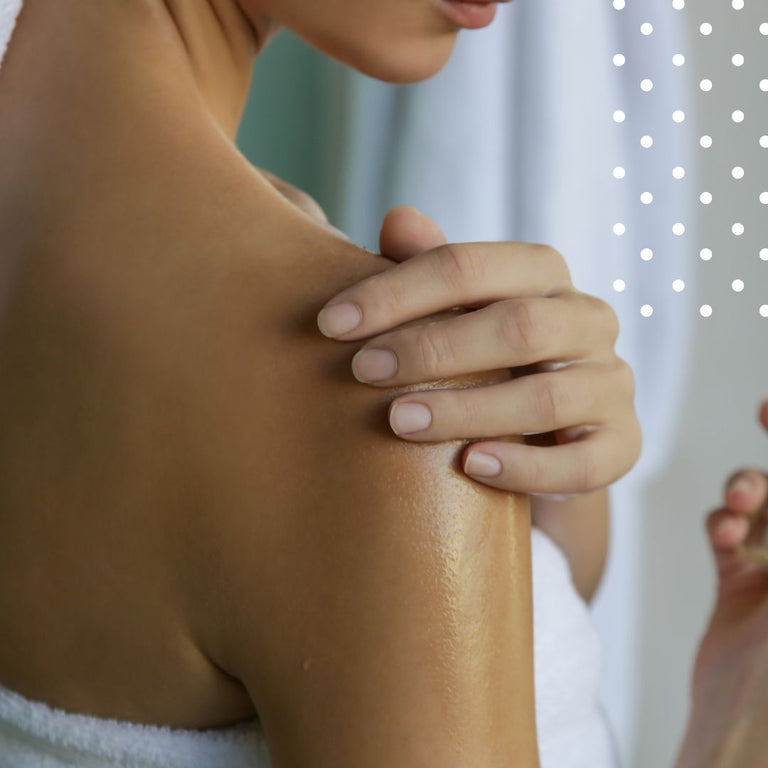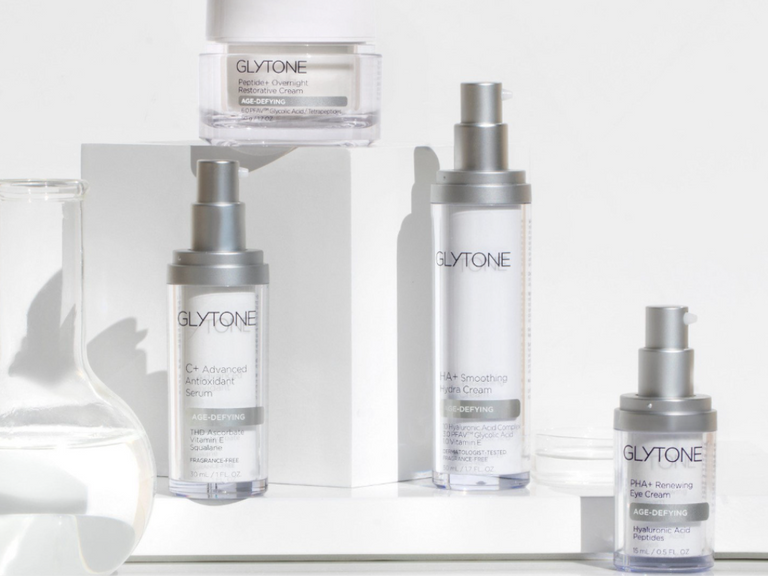When you’re new to skincare, any ingredient with the word “acid” can seem intimidating. But skincare acids are actually some of the most effective ingredients for addressing common concerns like acne, ageing, dull skin, and hyperpigmentation. Take azelaic acid, for example — a powerhouse ingredient known to help with acne, pigmentation issues, and even rosacea.
If you’re wondering what azelaic acid is and whether it should be part of your skincare routine, you’re in the right place.
At Face Dr, our mission is to help everyone achieve clear, radiant skin they can feel confident about. With decades of combined experience, our skincare experts understand the science behind every ingredient, product, and routine that delivers real results.
In this guide, we’ll take a closer look at azelaic acid, explaining how it works, its benefits, and whether it’s the right choice for your skin.
Here’s what we’ll cover:
- What is azelaic acid
- What does azelaic acid do for the skin
- How does azelaic acid work
- How to use azelaic acid
- Who should (and shouldn’t) use azelaic acid
- Which ingredient can you use with azelaic acid
- The side effects of azelaic acid
- The top products to try with azelaic acid
Wondering if azelaic acid is for you, but want to skip the research? Our experts are on hand to give you personalised advice. You can book a free online skincare consultation where a professional can analyse your skin and let you know if azelaic acid can help with your concerns, or whether there’s a better ingredient out there for you. Plus, they can recommend the best products you should be using, too.
Interested in other skincare ingredients out there? We’ve covered everything from lactic acid, to glycolic acid, Matrixyl 3000 to ceramides.
Now onto azelaic acid. Here’s all the information you need on this complexion-boosting ingredient.
What is azelaic acid

Azelaic acid is a dicarboxylic acid, so it’s slightly different from other acids you may have already heard of, like glycolic acid (an AHA) or salicylic acid (a BHA).
It’s made from yeast and is derived from grains like wheat, barley and rye, and it can even be found naturally in the skin. However, most of the time, azelaic acid found in skincare is made in the lab. You’ll find this ingredient everywhere from serums to cleansers, moisturisers to masks.
What does azelaic acid do for the skin

Azelaic acid has a range of benefits. Here’s what it can do:
- Clear up acne and breakouts
- Reduce inflammation and redness
- Brighten hyperpigmentation
- Even out skin tone
- Reduce rosacea
How does azelaic acid work
Azelaic acid offers a wide range of benefits, targeting multiple skin concerns at once. One of its key functions is exfoliation — it helps remove dead skin cells from the surface and deep within pores. This process brightens hyperpigmentation, evens skin tone, and reveals a natural, healthy glow. By keeping pores clear, it also helps reduce acne and prevent breakouts.
Beyond exfoliation, azelaic acid is antibacterial, which means it combats the bacteria responsible for acne, small bumps, and even rosacea. It also works with the enzymes that produce melanin, the pigment that determines skin colour, helping to fade existing dark spots and discoloured patches while preventing new ones from forming.
Additionally, azelaic acid is effective against post-inflammatory hyperpigmentation (PIH) — the dark marks left after acne heals. This makes it ideal for anyone dealing with both active breakouts and lingering dark spots, allowing you to target multiple concerns with a single ingredient.
How to use azelaic acid
How you use azelaic acid depends on the product you choose. Generally, it’s safe to use twice daily, morning and night. If your skin is sensitive or you notice dryness, try using it every other day instead.
If your routine includes AHAs, BHAs, or retinol, apply these first to help your skin absorb azelaic acid more effectively. Always follow up with your favourite moisturiser, and don’t forget SPF in the morning.
Not sure how to fit azelaic acid into your routine? Book a free consultation with our skincare experts at Face Dr — we’ll help you create a personalised plan that works for your skin type and goals.
Book a free consultation or order online with Face Dr
Who should (and shouldn’t) use azelaic acid
Azelaic acid is suitable for all skin types, even sensitive skin. In fact, some research shows that azelaic acid may even make your skin less sensitive over time and reduce those small bumps and redness that can occur from irritation.
Azelaic acid is even safe for those who are pregnant.
Even though some forms of azelaic acid are derived from wheat, it’s safe for those who are gluten intolerant. That’s because there’s simply not enough gluten in the final product to get absorbed through the skin and cause a reaction.
Which ingredient can you use with azelaic acid

Thankfully, azelaic acid plays nice with plenty of other skincare ingredients. For example, there’s no need to avoid other skincare acids when using azelaic acid. You can apply AHAs and BHAs as part of the same routine. You can also still use retinol if you add azelaic acid to your routine, too.
What should you avoid? Most experts agree that azelaic acid is actually safe with practically every skincare ingredient out there. However, as everyone’s skin is different, you may notice a reaction that other people don’t get. Just keep an eye on your skin, and stop using the product if you notice any irritation or reduce the number of times you use it each week.
The side effects of azelaic acid
Any skincare ingredient comes with the risk of side effects. Luckily, in the case of azelaic acid, these side effects are rare and minor.
Look out for:
- Peeling
- Drying
- Redness
- Itchiness
If you notice any of these side effects, stop using the product and they should clear up on their own in just a few days. You may even find that you can go back to using the product, just less regularly—like every other day rather than every day.
The top products to try with azelaic acid
Have we convinced you to try azelaic acid? Here are the top products we recommend that contain the ingredient:
- Paula’s Choice 10% Azelaic Acid Booster — this serum puts azelaic acid at the forefront of the formula. You can use it as a standalone product or add it to your favourite serum or moisturiser.
-
Glytone Enhance Brightening Solution — combines azelaic acid with other powerful, complexion-boosting ingredients like glycolic acid and niacinamide. This exfoliating toner goes beyond basic skincare, using a science-backed formula to actively target dullness, uneven skin tone, and pigmentation concerns for a brighter complexion.
- REN Ready Steady Flow Daily AHA Tonic — with lactic acid, salicin and azelaic acid, this tonic is perfect for brightening the complexion and clearing up blemishes and breakouts.
Want to be really sure azelaic acid is for you?

Hopefully, you know now exactly what azelaic acid can do for the skin, but how do you know whether it can work for you? Choosing whether to try a new skincare ingredient can be tricky. Especially as you need to think about not only your skin type and concerns, but also the other ingredients in your routine. Luckily, there is an easy, fast and free way of doing that—and that’s by speaking with a Face Dr Skin Expert.
We offer free online skincare consultations where you can speak with a member of our friendly team. In just 30 minutes, all from the comfort of your own home, they’ll be able to analyse your skin over a video call and ask about your exact concerns.
Plus, if there’s any ingredient out there that’s even better for your skincare concerns, they can let you know. Our experts can offer tailored recommendations for products to slot into your routine, or help you build a brand new one from scratch.
When it comes to recommendations, we only ever share products that we know, love and—more importantly—have seen first-hand results from.
